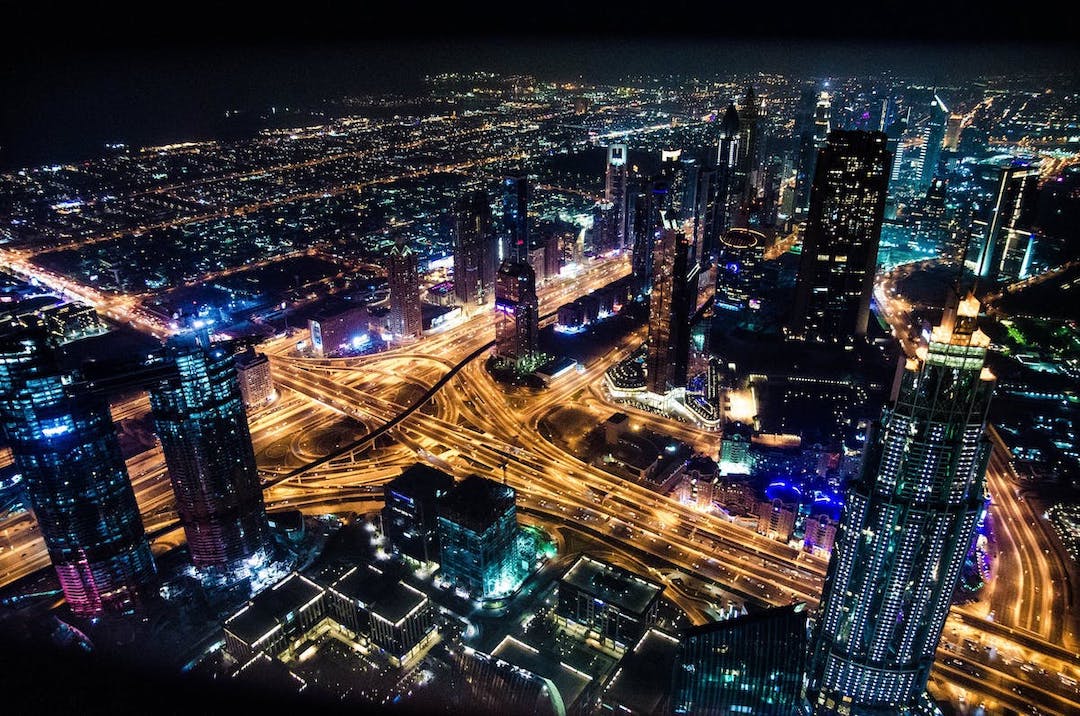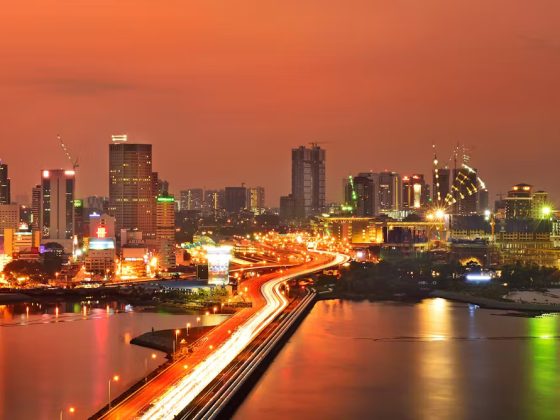Smart cities are the future, with more and more cropping up around the globe, using technology to provide services and solve issues in cities. The question is, what could that mean for those who live there? With a race to create more smart cities, the chances of you living in one in the future is high. Here are some ideas of what it would be like to live in a futuristic smart city:
Wi-Fi Everywhere
A great plus of a smart city is Wi-Fi being accessible everywhere. Of course, in recent years most places now give access to the internet, but a smart city would ensure that no matter where you were, you could scroll through twitter or check your emails.
More Eco-Friendly Living
The use of sensors would mean a great step toward cities being more eco-friendly. Other sensors would be dotted around the cities to monitor noise, humidity, pollution, temperature, and rain levels. This would help cities to keep track of their issues, thus enabling them to come to conclusions about why the issues are happening and how to minimize them. On top of this, sensors could also be used to detect where humans are at night-time, so, if an area had nobody around, streetlights could be switched off to save electricity.
Better Transport
Transport can be a part of city-living that many people dislike due to overcrowding and delayed buses, and smart cities aim to tackle and improve transportation. The use of installed intelligent bus networks, which have been used in Barcelona, would mean a higher performance bus service, including free Wi-Fi, charging slots, and constant schedule updates if any busses were running behind. Traffic sensors would allow traffic management systems to control traffic lights, helping with traffic jams, and ensuring emergency services could get to their destination as fast as possible.
Traffic signals could also be used to analyze traffic flow, meaning congestion would be mitigated at peak hours.
Stronger Infrastructure
The infrastructure of a city, such as roads, buildings, sewerage, and power, needs constant attention and maintenance. Smart sensors in key locations (such as bridges) can identify any structural issues that may be present, meaning fewer checks would need to be taken. This means local councils would be able to detect and act quickly to prevent any infrastructure failure. Residents could also benefit from this, as the sensors could help with problems on their streets, such as burst water mains and faulty street lights.
Reducing Crime
Officials would have access to more data about its citizens. Combined with a well-designed analytics strategy for the data, where companies like ShAIp.com can generate training data on machines, it would allow for a safer city for all. High-risk crime areas would be able to be targeted by police, so the police’s time wasn’t wasted on areas that don’t need their help as much.
As you can see, living in a smart city would mean great changes to the day-to-day running of things. From lower crime rates to more eco-friendly living, smart cities would yield a higher quality of life for all of its citizens.










